
Three food hygiene hazards that
can catch you off guard
Nobody wants a food scandal on their hands: even a single food-related incident can warrant a harsh blow to your business in terms of fines and reputational damage, so safety and legal compliance should always be front of mind. If such a scenario did occur following an inspection by an Environmental Health Officer (EHO), your main legal defence would be demonstrating due diligence paperwork including completed ‘Hazard Analysis Critical Control Points’ (HACCP) records.
Being able to understand and identify the types of hazard that can occur within food businesses is essential. EHOs look at a range of aspects relating to your food business, and one of them is food hygiene. There are three categories of food hygiene hazards you should watch out for which are detailed below. By knowing what EHOs look out for you will be able to maintain hygiene standards and be fully prepared for an inspection.


What are biological hazards within food businesses?
Biological hazards can develop in poorly handled food or through contamination from an outside source. Most people think of bacteria when they hear the term ‘biological hazard’ but there is more to it than that. Biological hazards include:
- Bacteria
- Can double in number every 20 minutes
- After just four hours, levels are often high enough to make those who consume bacteria-contaminated food ill
- Common examples include listeria, E. coli and salmonella
- Parasites
- Can live in beef, poultry, pork, seafood, animal faeces and contaminated water
- Cannot be killed by refrigeration
- Common examples include Anisakis simplex and Trichinella
- Fungi
- Common examples include mould and yeast
- Refrigeration and freezing will slow fungal growth but won’t kill fungi
- Mould can produce toxins that lead to allergic reactions
- Viruses
- Are primarily transmitted when people fail to properly wash their hands after using the bathroom
- Can survive refrigeration and freezing
- Lie dormant until ingested
How can I prevent biological hazards in my food business?
The following measures are fundamental to the prevention and control of biological hazards:
- Refrigerate foods that need cold storage such as milk and other dairy products, raw and cooked vegetables, fruits (after being cut) and meats as well as opened jars, bottles and cans
- Separate cooked meats from raw foods to prevent cross-contamination
- Discard any food that has been stored at the wrong temperature, has visible mould, is discoloured or has an unusual odour
- Employees must use personal protective equipment and adhere strictly to the practice of good personal hygiene
- Ensure all your produce has been purchased from an approved supplier
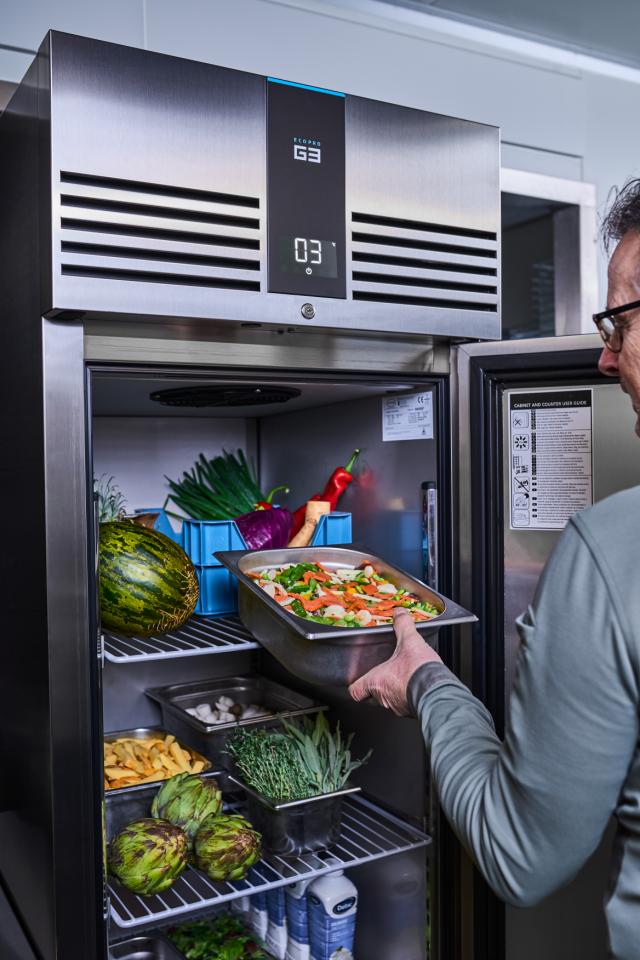
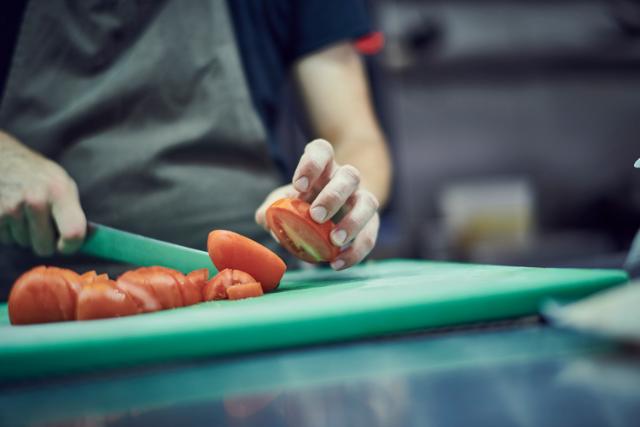
What are chemical hazards within food businesses?
Chemical hazards relate to harmful substances such as pesticides, machine oils, ammonia, bleach, cleaning solutions or even dishwashing liquid and can be present at every stage of food handling because of simple human error.
Chemical hazards can also be found in serving equipment, which is why it is important to use only food-grade utensils and serving equipment; non–food-grade equipment may contain toxic metals that could dissolve in acidic foods, leading to heavy-metal poisoning.
For example, copper pots and pans may be good for cooking certain food because copper is a great heat conductor. However, they are not recommended for preparing acidic food such as tomato sauce.
How can I prevent chemical hazards in my food business?
You can minimise the risk of contaminating food with chemicals by:
- Inspecting food upon delivery to ensure goods coming in are fit for consumption
- Recording deliveries into your premises and marking any issues on the correct document as part of your effective HACCP record-keeping process
- Using copper pots that have an interior lined with a nonporous metal such as stainless steel
- Keeping chemicals away from food and cooking areas
- Storing all chemicals safely and labelling them properly so they’re immediately identifiable as hazardous substances
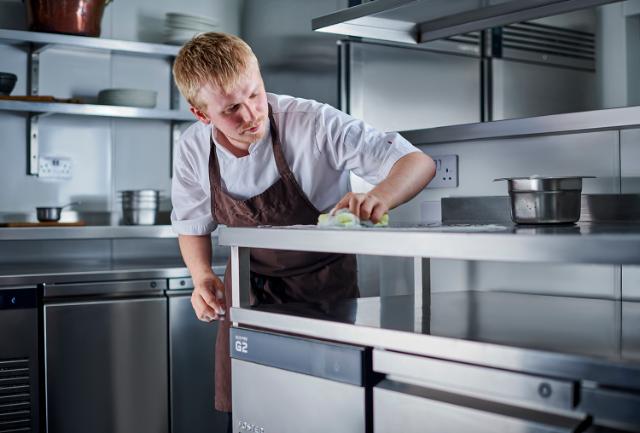

What are physical hazards within food businesses?
Objects that could contaminate your food such as hair, pieces of glass or metal, chips of nail polish, bandages or jewellery are potential physical hazards. The list is extensive. Although something like a strand of hair in food is more of a nuisance than a danger, pieces of broken glass or metal can cause serious damage such as internal lacerations if they are accidentally ingested.
How can I prevent physical hazards in my food business?
Care should be taken during the preparation process to reduce the risk of contamination. The following checklist is a useful one to have to hand, especially when training new starters in HACCP compliance, or providing ‘refresher’ training for existing staff members:
- Ensure all food is covered when in storage
- Gloves need to be worn when preparing food to cover any finger cuts or bandages and hair should be worn in ponytails, under hairnets
- Other than a plain wedding band, jewellery should not be worn while preparing food
- Nail polish and artificial nails should be avoided
- Glass cookware should be shatterproof


By law, all food handlers must have an understanding of the basic principles of food hygiene and know how to work safely so as to protect the food they serve from contamination. Just like any other employee working for a business within the food industry, you need to fulfil your training requirements within food health and safety, including food hygiene, by completing courses such as the Food Safety & Hygiene Level 2 Course For Catering.
It is also important to ensure all team members have accredited food safety training to a level suitable to their role and responsibility. Working in a way takes care of your customers and fulfils your legal obligations as a food handler will help you stay out of hot water and enable you to focus on growing your business, safe in the knowledge you’ve got all the right food safety frameworks and HACCP procedures in place. If you’re working within the parameters of the law, you won’t have anything to worry about the next time EHOs knock on your door.
Find out more
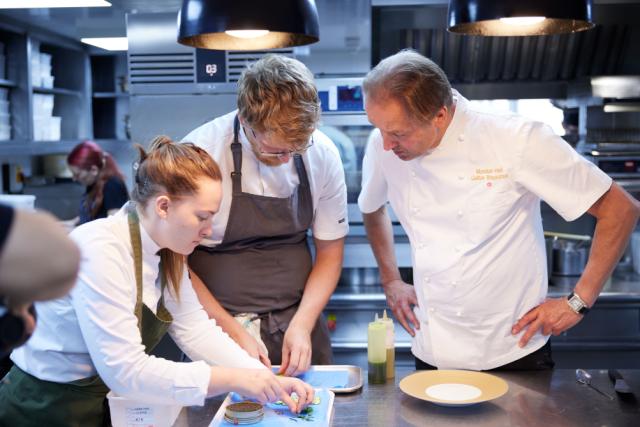
Training Staff on Food Hygiene Regulations

10 simple guidelines to help you store products safely in your refrigerator
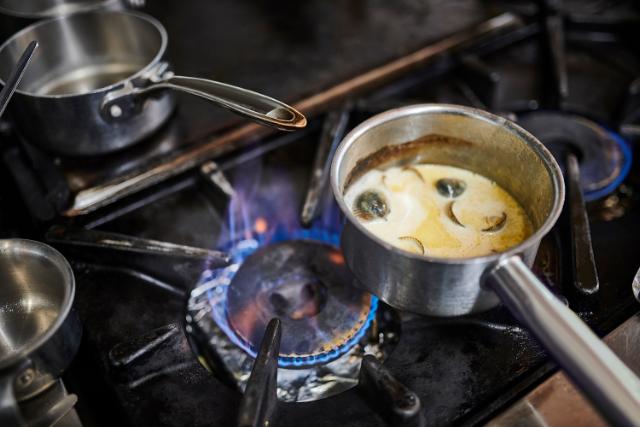
What is HACCP?


